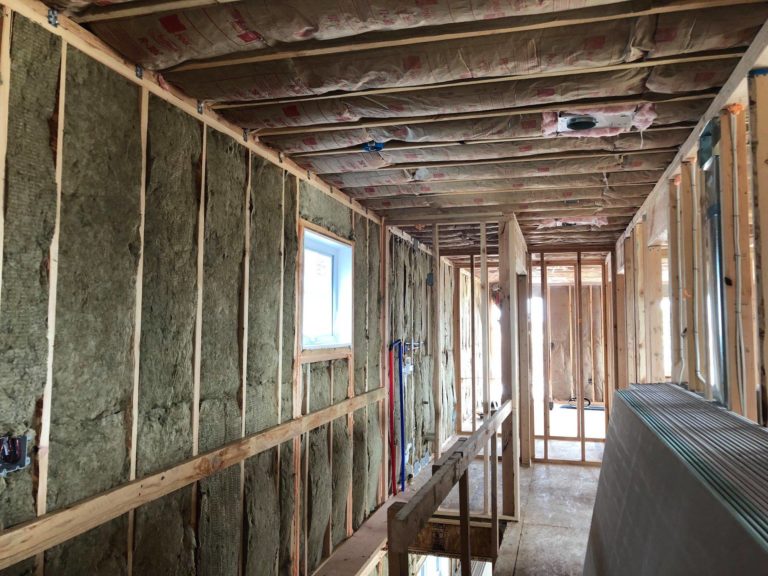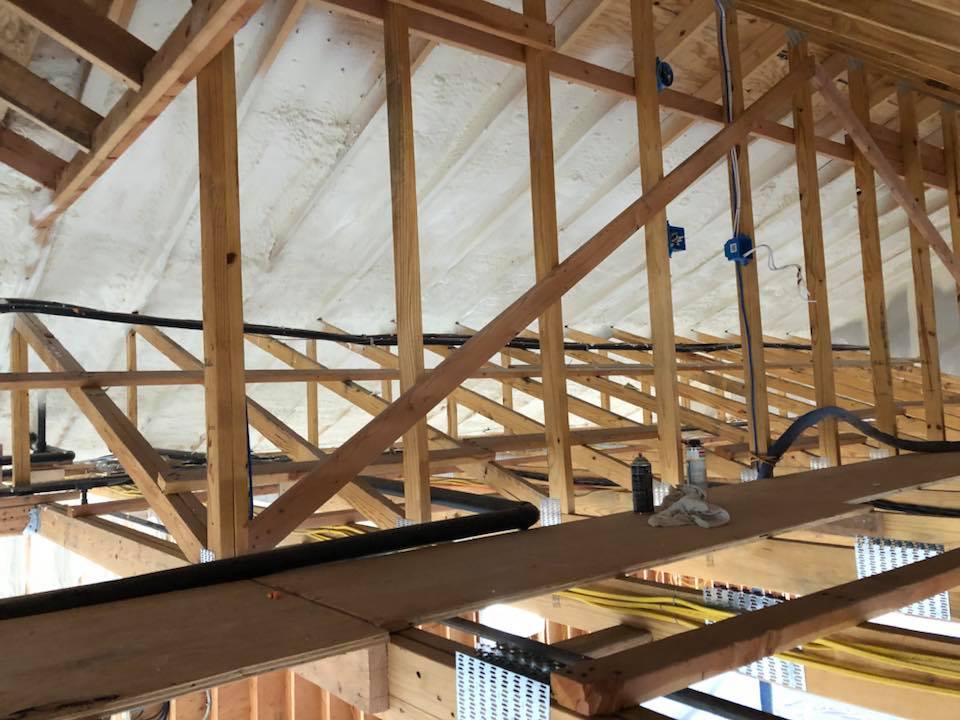Residential
Residential Insulation
- Available for projects in New Jersey & North Carolina
- Fiberglass Insulation
- Spray Foam
- Blow-in Insulation
What is most important when thinking of the right insulation for your home?
There are a couple different types of insulation for your home. Determining the best product is based on; what requires insulation and the application. At Insulation C2C we insulate interior and exterior walls along with attics and crawl spaces. Some older homes do not have insulation in the exterior walls, causing a draft or chill in the home. Adding to those walls would reduce heat and air from escaping.

Fiberglass Insulation
Choose the right Fiberglass R Value and other tips
R-value in Fiberglass Insulation refers to the resistance to heat flow. What that means is a higher the R-value reduces heat from escaping during winter and cold escaping during summer. Fiberglass is a more cost-effective option and the most common in homes & crawl spaces. There is a backing to Fiberglass Insulation that acts as a vapor barrier preventing moisture from building up inside the walls. Fiberglass Insulation is made from non-combustible materials, meaning it can be recognized as a fire-blocking for wood and steel framed walls. Another form of Fiberglass Insulation is blow-in insulation or “loose fill”. Blow-in insulation allows for large area coverage for attics, floors and also can be retro fitted into exterior walls without insulation to increase R-Value.
Pros for Fiberglass
- Cost effective
- Lifetime of 10-25 years
- Increasing R-Value decreases energy costs.

Spray Foam Insulation
Considerations for Spray foam
There are two types of Spray Foam, Closed Cell & Open cell. Closed Cell Spray Foam creates a barrier that is airtight, meaning your heating and cooling costs could significantly decrease. It decreases mold growth and moisture on the wood inside the walls. Open cell Spray Foam is not as dense as Closed Cell, allowing it to expand and make it easier for hard-to-reach places. Generally used for sound proofing an area, Open Cell may require more application than Closed Cell. Spray Foam also does not lose R-Value over time making it more efficient than Fiberglass. While cost is 3-4 times greater than traditional Fiberglass, your savings on energy will exceed what you would get with traditional Fiberglass.
Pros for Spray Foam
- Most energy efficient option
- Lasting lifetime of 80+ years
- Added structural integrity.
Receive your free consultation today

